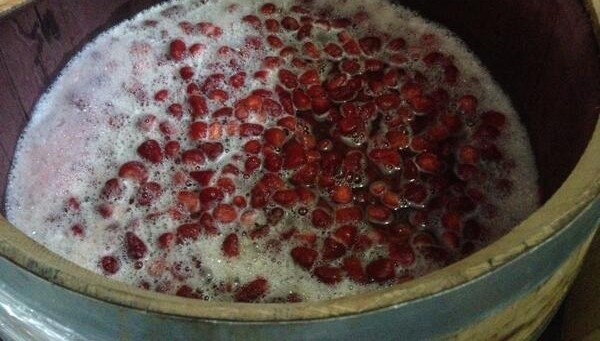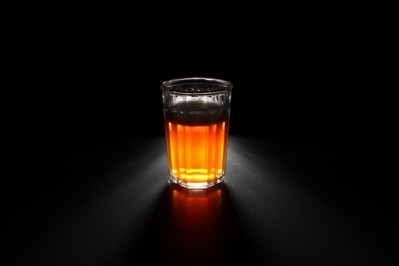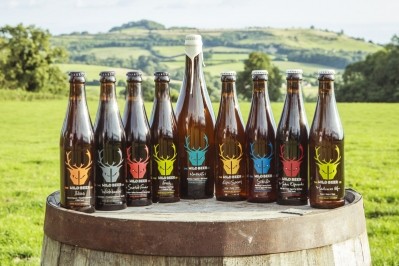Beer special
Wild beers: Pete Brown has tasted pickled gherkin beer...and was surprised

There’s an interesting idea in the philosophy of food that our notion of disgust is relative — that the smells and flavours that make us wrinkle our noses or spit things out are determined by where and when we grew up rather than by some objective standard about what’s good and bad.
Few Brits would dream of eating, say, rotting shark fin that’s been buried in the ground, but many of us will happily eat a cake of congealed blood as part of a traditional breakfast.
The ides of disgust being relative is discussed by food writer Michael Pollan in his latest book Cooked, while pointing out that the principle of fermentation — in its widest possible sense — is about controlled decay.
We rely on micro-organisms to break down dead animal and vegetable matter. If they didn’t the earth would have become an uninhabitable rubbish dump.
Fermentation — whether we’re talking about baking bread, curing meat, making kimchi or brewing beer — is the action of micro-organisms breaking matter down into something else.
It also has the effect or strengthening, intensifying and changing flavour. In any culture, the most celebrated food and drink is almost always fermented, and the passion for it is not always shared by other countries
I’m taking a while to get to the point of this week’s column. That’s because I’m trying to soften you up first, otherwise I might lose you after the next paragraph.
I spent last weekend drinking beers that were sour, tart and acidic. Beers that smelled of farmyards. Beers that were brewed with cucumber and pickled gherkin, beers that were flavoured with rhubarb and lime and blood orange… and they were nice.
I did draw the line at the beer that was live-blended yoghurt and cranberry juice. You can go too far, and that one looked utterly disgusting. But the rest were surprisingly good — surprising to me at any rate.
Variety
These varied delights were just some of the beers on show at the fourth annual Carni-vale Brettanomyces in Amsterdam. Founded by Jan Beekaa, who works in de Bierkoning, the city’s best beer shop, this event has grown rapidly to become arguably Europe’s leading celebration of wild and spontaneously fermented beers.
Just 10 years ago, you had to track down a few small breweries in Belgium if you wanted to try beers like this. This year, as well as featuring 15 different Dutch breweries, the festival has contributions from half a dozen other countries. And among the foreigners, the Brits lead the way, with five different British breweries in town exhibiting their beers.
With an open mind, even a novice to the scene, or someone like myself who has until now treated wild beers with a degree of wariness, has to accept that the most commonly used label for the category — ‘sour beers’ — is hopelessly inadequate, as stunted as saying any beer with a hop character is simply ‘bitter’.
Instead of a flavour profile that balances a huge array of hop aromas and, yes, bitterness with the cereal or caramel character of malt, wild beers balance tart acidity that is only rarely sour enough to turn your face inside out, with the austere, earthy, sometimes funky dryness that can also be imparted by Brettanomyces yeast.
Disgust
Which brings me back to disgust.
Brettanomyces literally means ‘British fungus’, and was named by researchers investigating the causes of spoilage in British ales in the early 1900s. In a British beer, the acetic acid ‘Brett’ yeast creates is a sour, off flavour — or it has been until now.
But if Brett is harnessed and tamed — and crucially, if it is married with oak ageing, the addition of fruit, and the blending of highly variable fermentations to achieve a pleasing whole — it can produce flavours where sourness is one component in a complex and unusual beer that exists almost as an upside down, back-to-front version of beer as we know it.
Wild yeast beers will always remain a niche, and there will always be brewers who mistake the intensity and volume of sourness for flavour and brewing skill, just as there have been with hoppy IPAs.
But as Buxton, Elgood’s, Pope’s Yard, Brewed by Numbers and Wild Beer Co will tell you, there’s a small but steadily growing market for what most of us think of as ‘stale’ beer.






